Not your College Dorm:
An Analysis of Co-Living and Affordable Housing Options


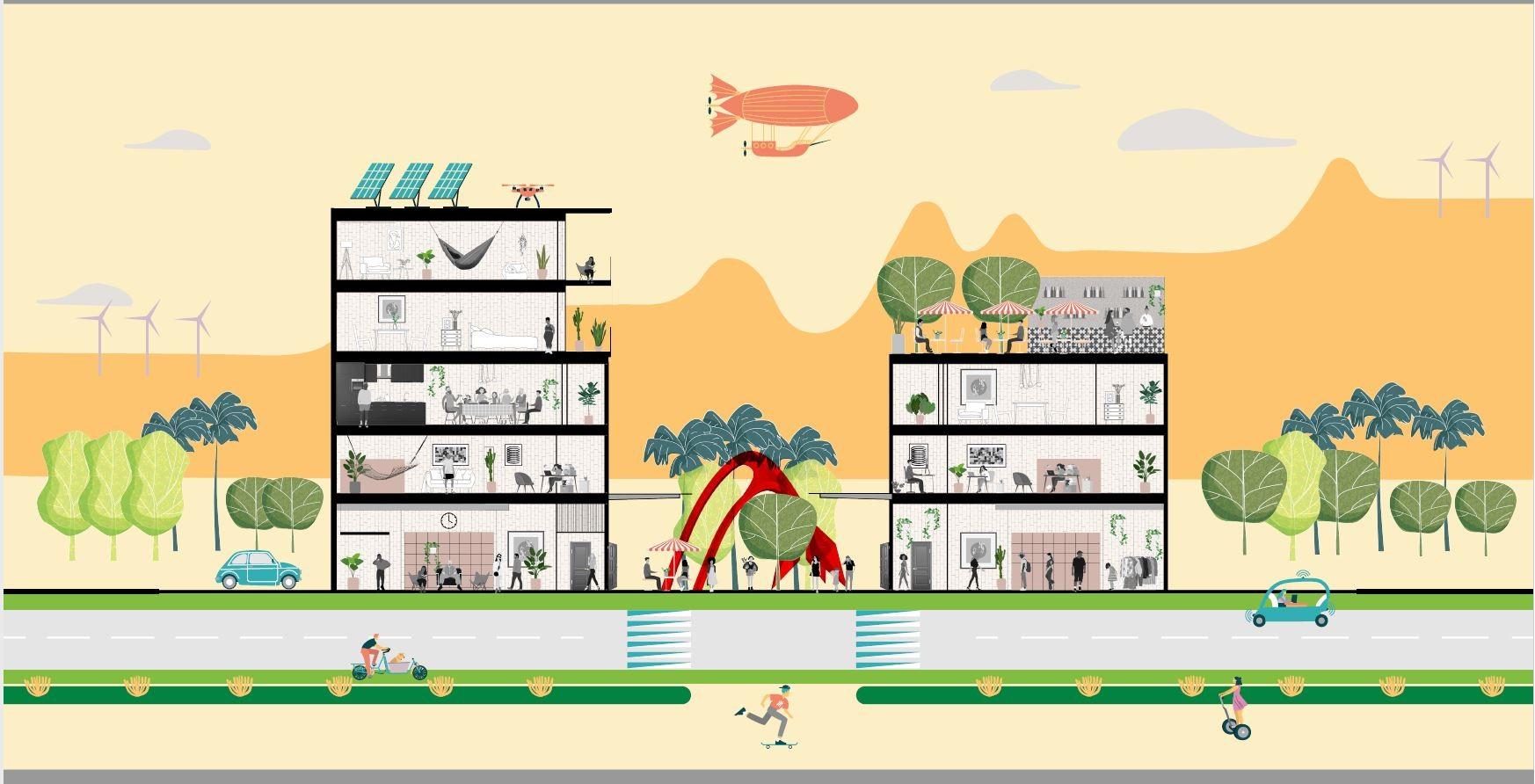
Florida APA Conference 8 September 2022
Agenda





Introduction Affordable Housing Shortcomings Co-Living


Barriers to Co-Living Solving the Problem

Introduction


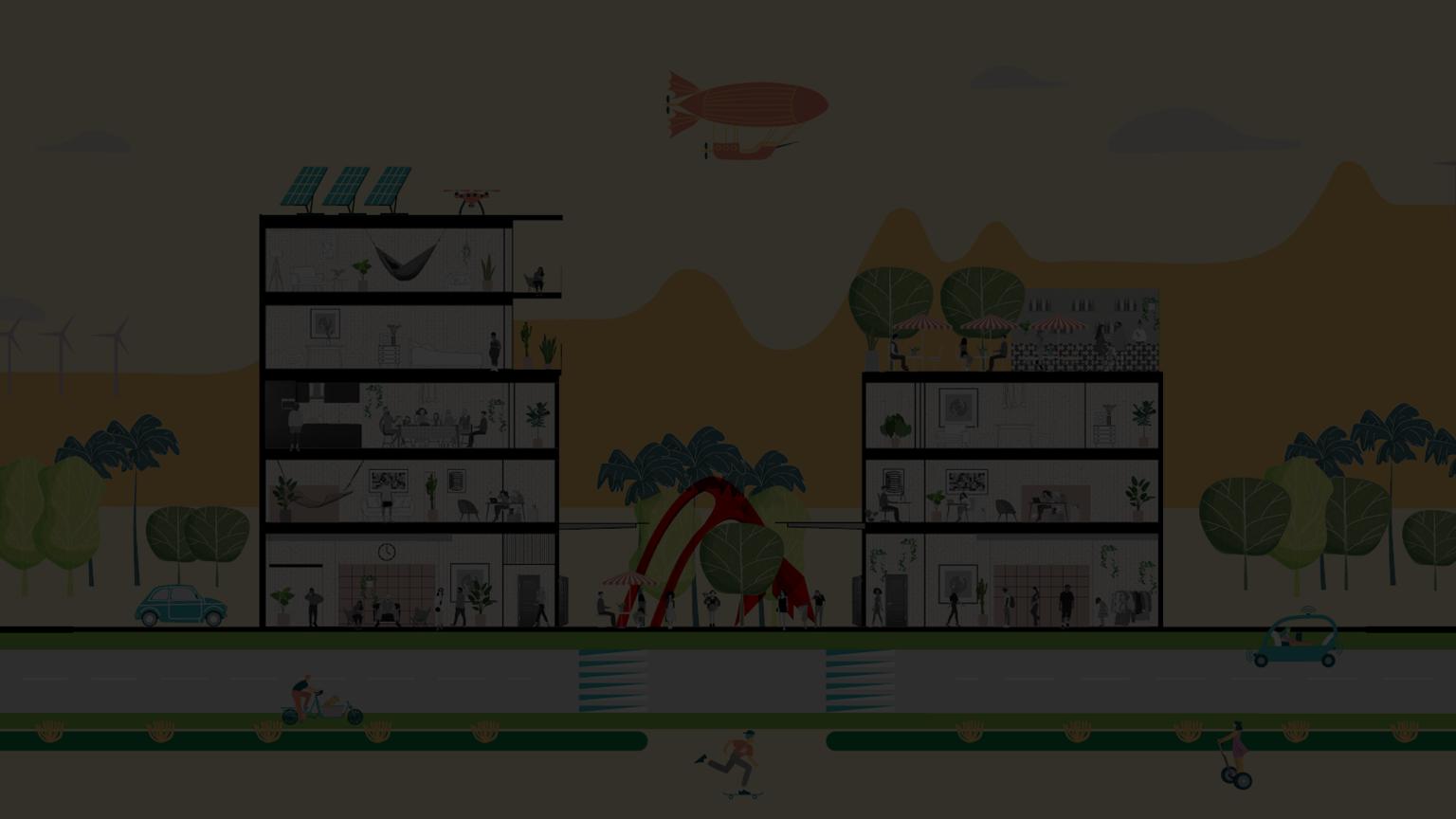
What is Co-Living


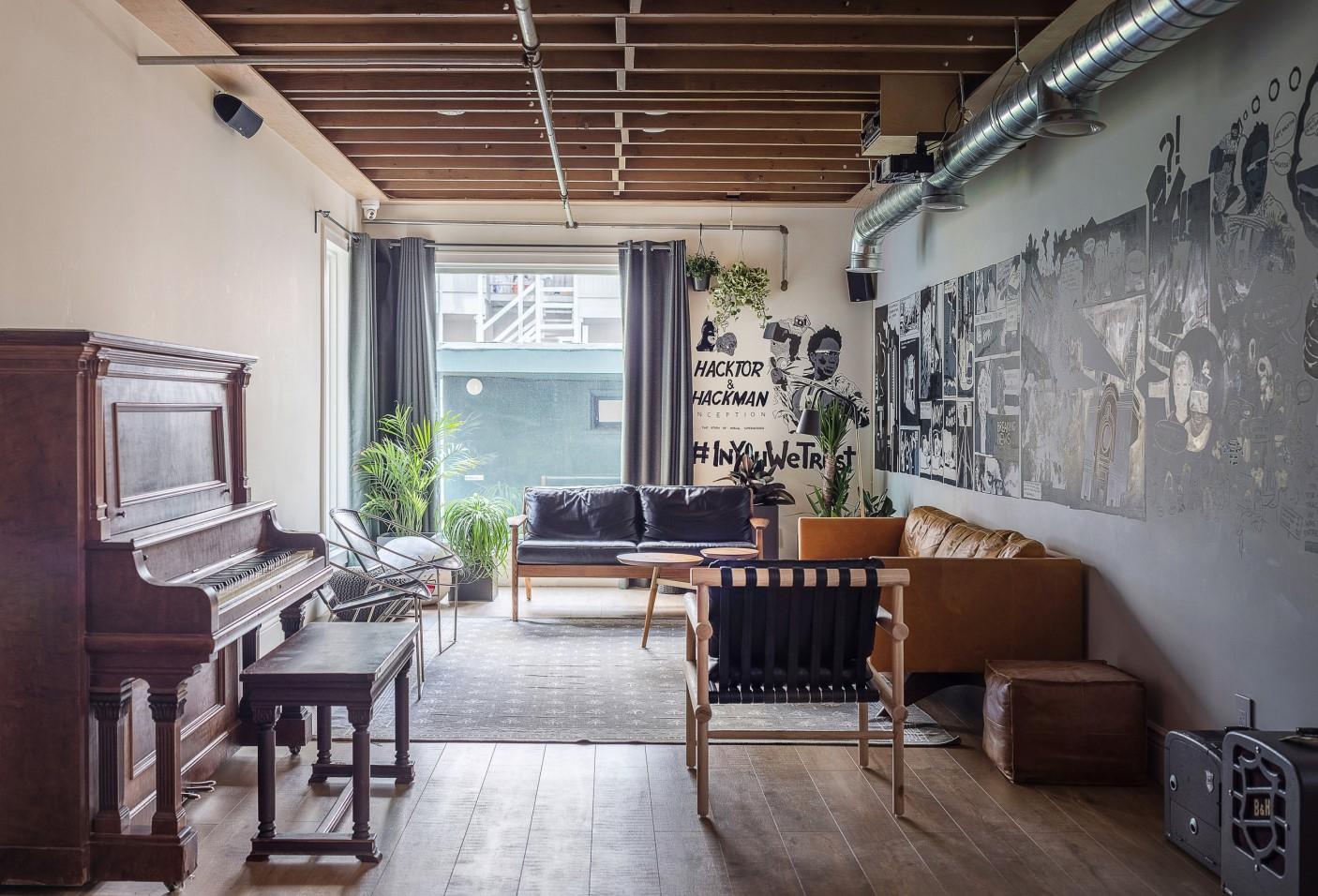
Definition “A housing arrangement in which a tenant pays rent for a private bedroom but shares common living areas such as kitchens, bathrooms, and laundry facilities with other tenants,” (US HUD, 2021) Source: .908 Coliving. retrieved from https://www.908coliving.com/common space/
How is Co-Living Unique?




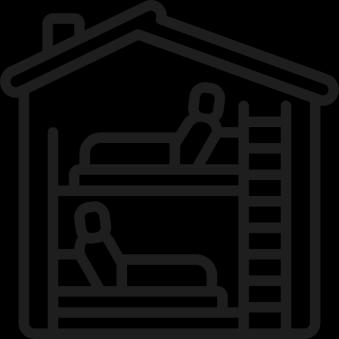



Co-Living Features • Relatively affordable • Fully furnished • No roommate search • Lease is attached to the individual instead of the entire unit • Shared common space and kitchen facilities • Amenities
Affordable Housing Shortcomings



Accessory Dwelling Units
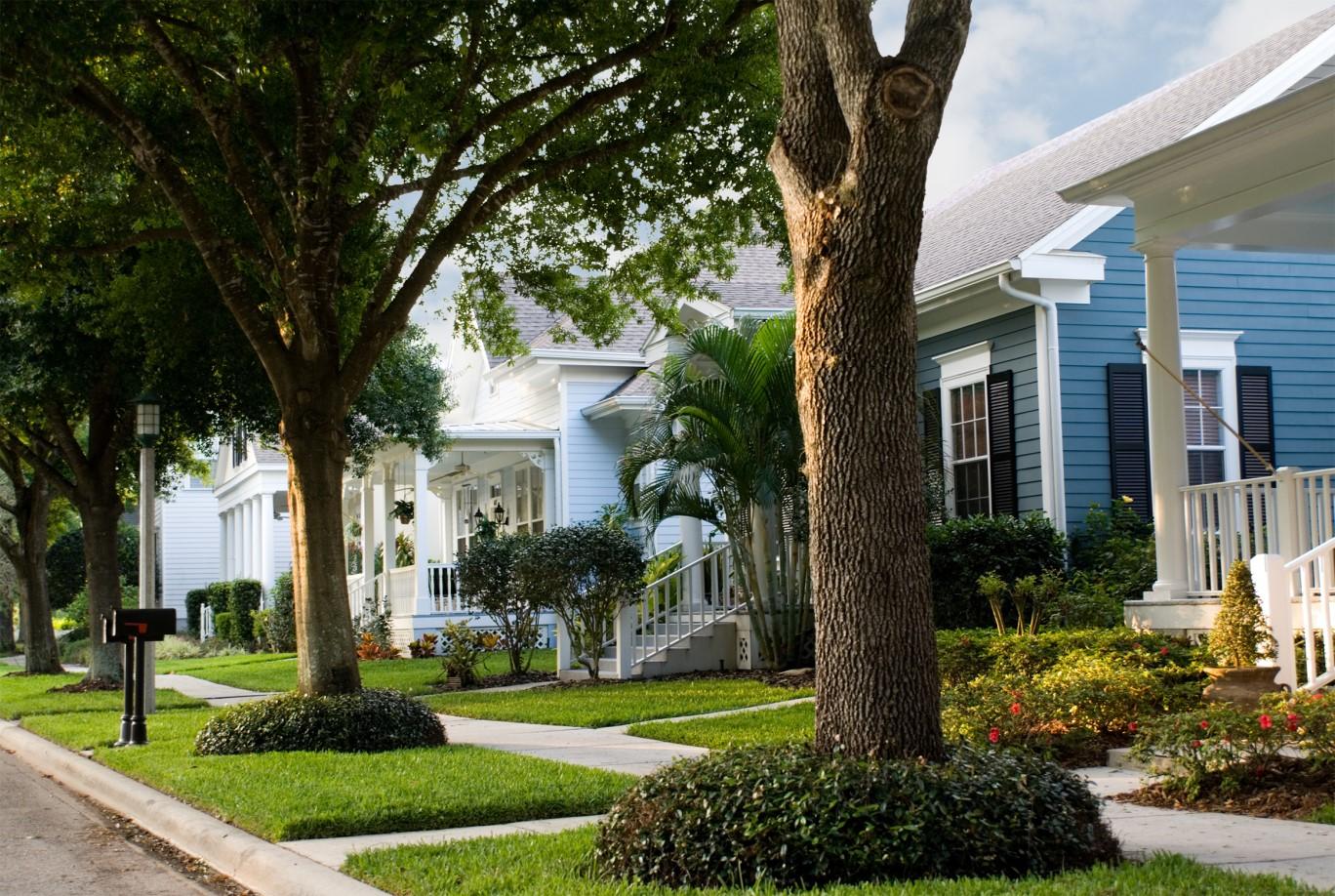


• Historic use; Planners began advocating for ADUs again in 2001 • Flexible family resource supporting financial stability • Provides neighborhood- integrated affordable housing • Diversifies neighborhood income and age stratification • Citizen driven, not developer driven
Neighborhood Grassroots Solution Credit: Getty Images
Barriers to
Dwelling Units



• Since 2001 we have identified the barriers to implement ADUs in neighborhoods o Suburban or Urban Neighborhood built environment o Permitting process o Zoning regulations o Permitted accessory uses • Size • Density limitations • Parking and owner-occupancy requirements o Character consistency
Accessory
https://www.mightysmallhomes.com/house kit ideas/accessory dwelling unit adu/
Lessons
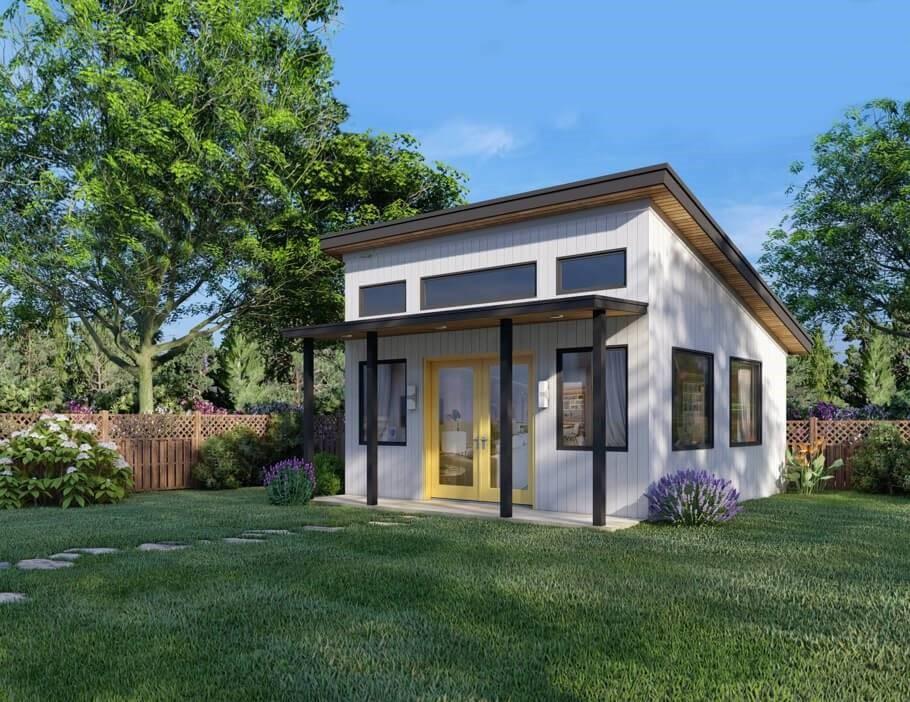


ADU best practices • Permit ADUs as accessory uses • Exempt from density requirements • Neighborhood compatibility design guidance • Remove parking & owner-occupancy requirements when feasible • Exempt from impact fees Policy changes Florida Statute 163.31771; 2020 • Encourages local ADU Ordinances for purposes of providing affordable housing • Owner signs affidavit committing to affordable rate
Learned & Moving Forward https://www.co.washington.or.us/LUT/Divisions/LongRangePlanning/PlanningPrograms/CommunityPlanning/Housing/accessory dwelling units adu s.cfm
Co-Living





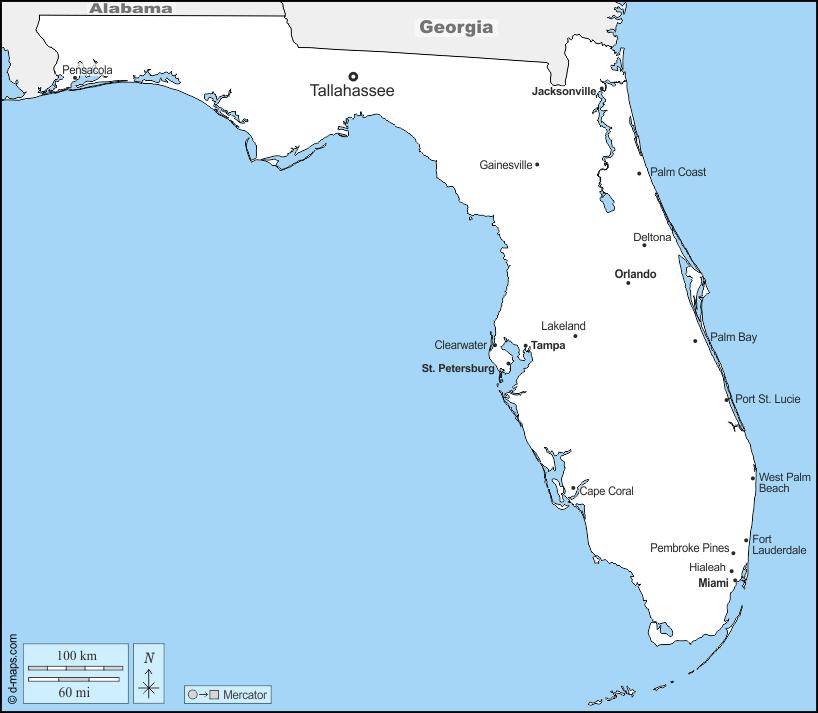
Co-Living: The Urban Solution • Rising rental costs • Desire to live in an area of opportunity • Social isolation post COVID-19 • Evolving definition of family • Rise in nonfamily households $2,062 $2,106 $2,848 $1,783 Average rents taken from the Waller, Weeks and Johnson Rental Index, June 2022
Who Benefits from Co-Living?

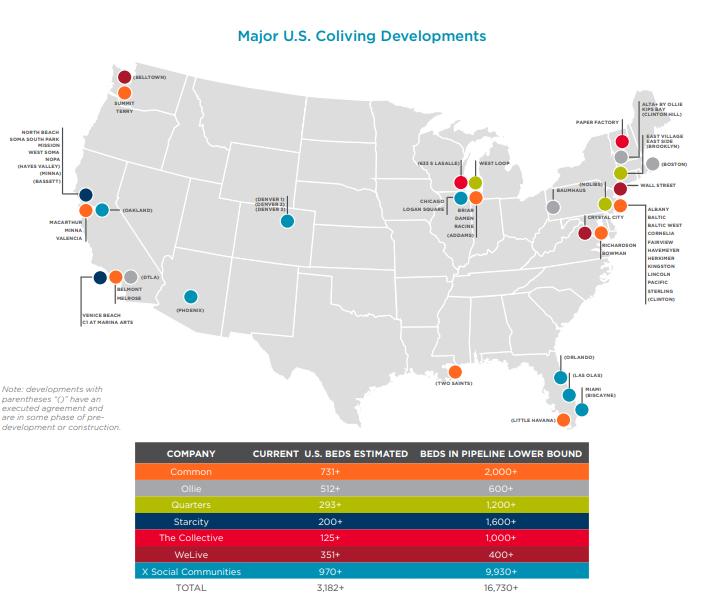

• Middle income renters earning $60,000 to $80,000 a year • Younger adults and recent college graduates • Older adults • New city residents Source: Cushman & Wakefield, https://cw gbl gws prod.azureedge.net/ /media/cw/americas/united states/insights/research report pdfs/2019/ coliving report_may2019.pdf (p. 39)
Why Advocate for Co-Living?



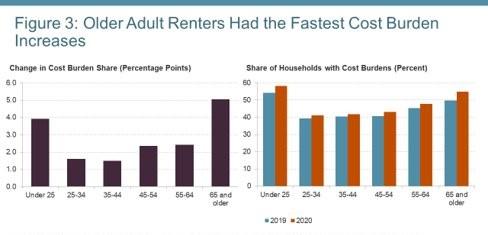
Implications
• Located in areas of opportunity o Proximity to work, family, and amenities • Increase social support and community building o Improves mental health • Expands housing choices for all o Older adults
Equity
What
Looks Like



Single Family Residential Source: https://www.dockedliving.com/ Location: St. Petersburg, FL Floorplan: 8 bed, 8 bath Amenities: • Comfy spaces • Private baths • Furnished common areas • Wi-Fi and utilities • Monthly cleaning • On-site laundry • Community connection • Fire pit and grill Cost: Membership cost + $150 monthly amenity and service fee; a monthly income of $2,850 required Lease: 12-month lease Source: https://www.dockedliving.com/
Co-Living
What Co-Living Looks Like

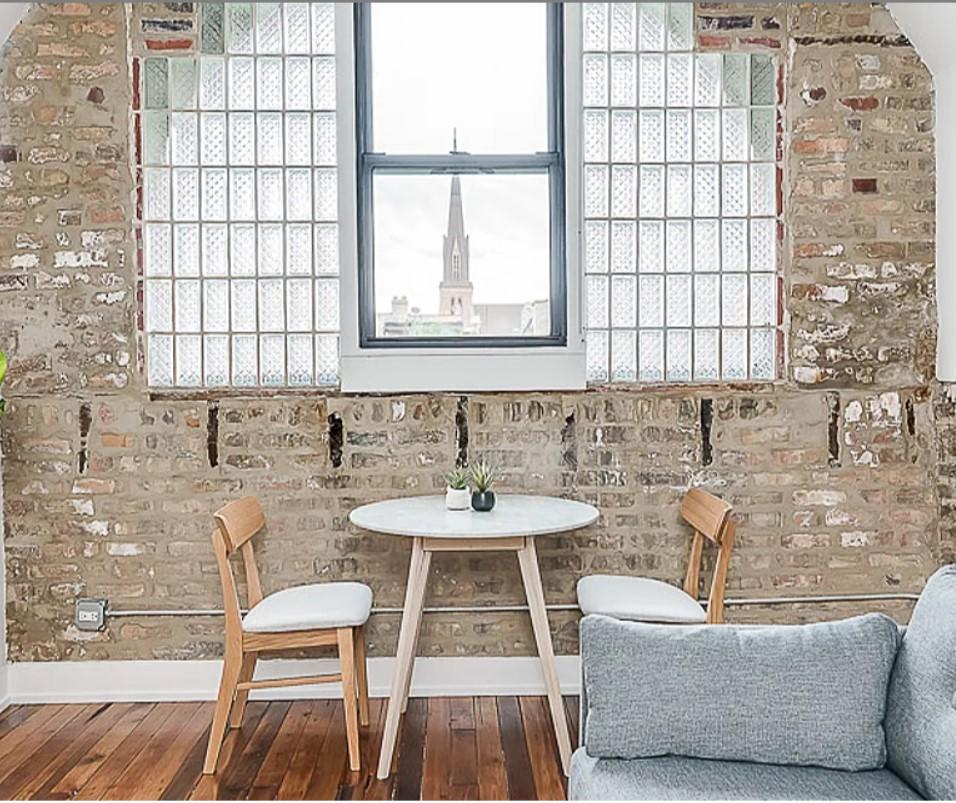
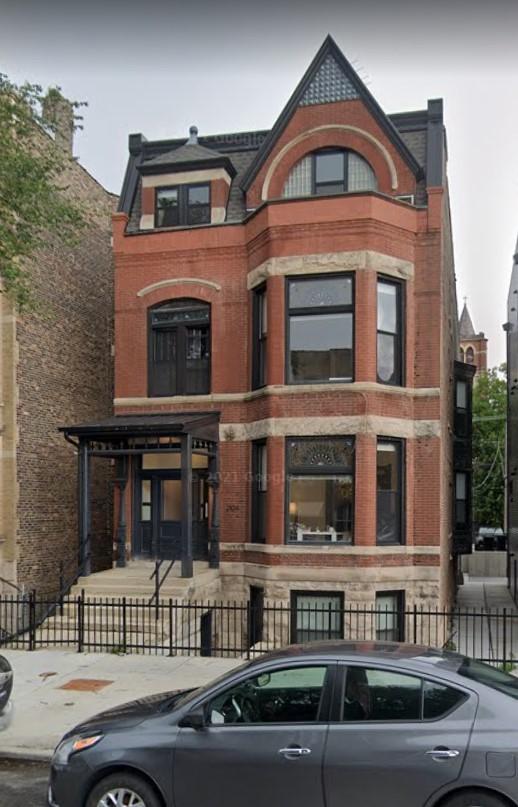


Single Family ResidentialLocation: Chicago, IL Floorplan: 4 bed, 3 bath Amenities: • Private, furnished bedroom • Fully furnished shared spaces • High- end stainless steel kitchen appliances • Stocked household essentials • Fully furnished community spaces • Free Wi-Fi • All utilities included in the rent, • Keyless access and tech-enabled spaces • Weekly cleaning of all shared spaces included Cost: From $1,145/month Lease: 3 months or more Source: https://www.common.com/violet/
What

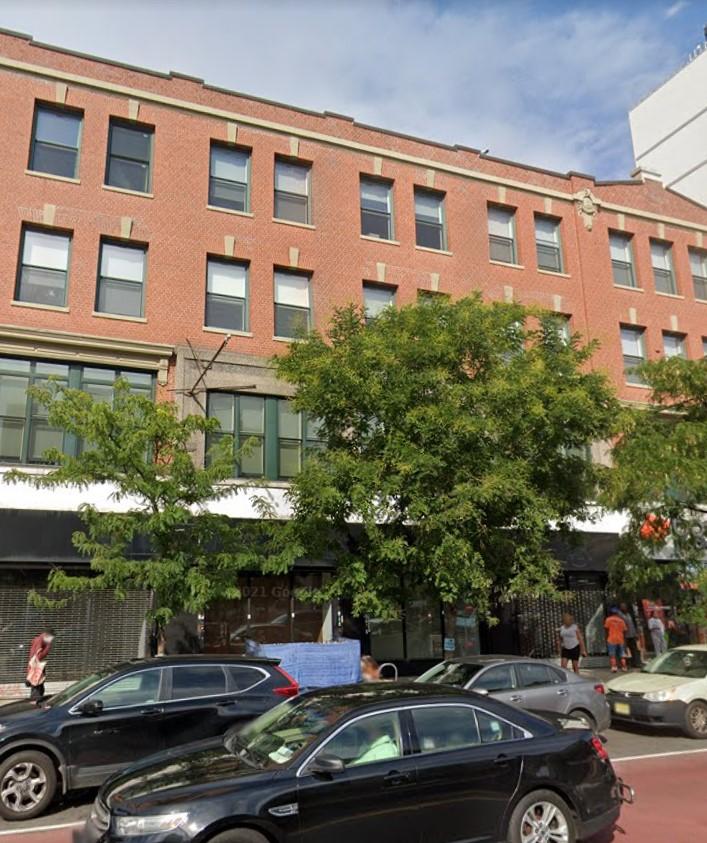

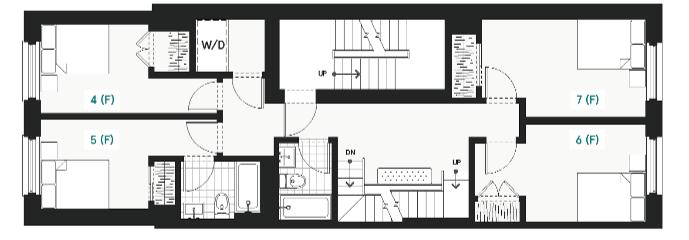
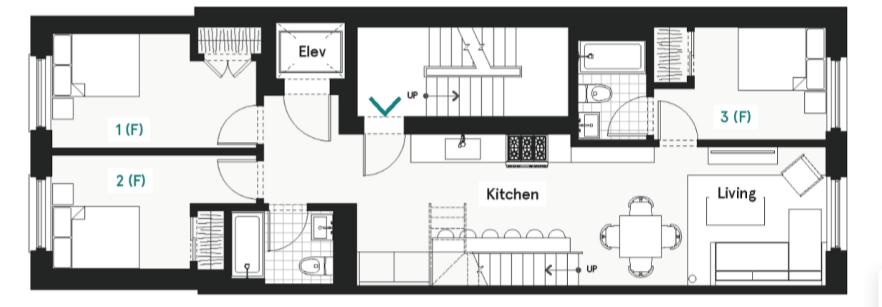

Mid-Rise Residential https://www.common.com/lenox/ Location: Harlem, NY Floorplan: 11 bed, 6 bath Amenities: • Furnished rooftop • Private bedroom • Fully furnished • Weekly cleaning • Basic supplies • On-site laundry • High-speed Wi-Fi • Property services Cost: Starting at $1,366 Lease: 3 months or more Source: https://www.common.com/why common/
Co-Living Looks Like
What
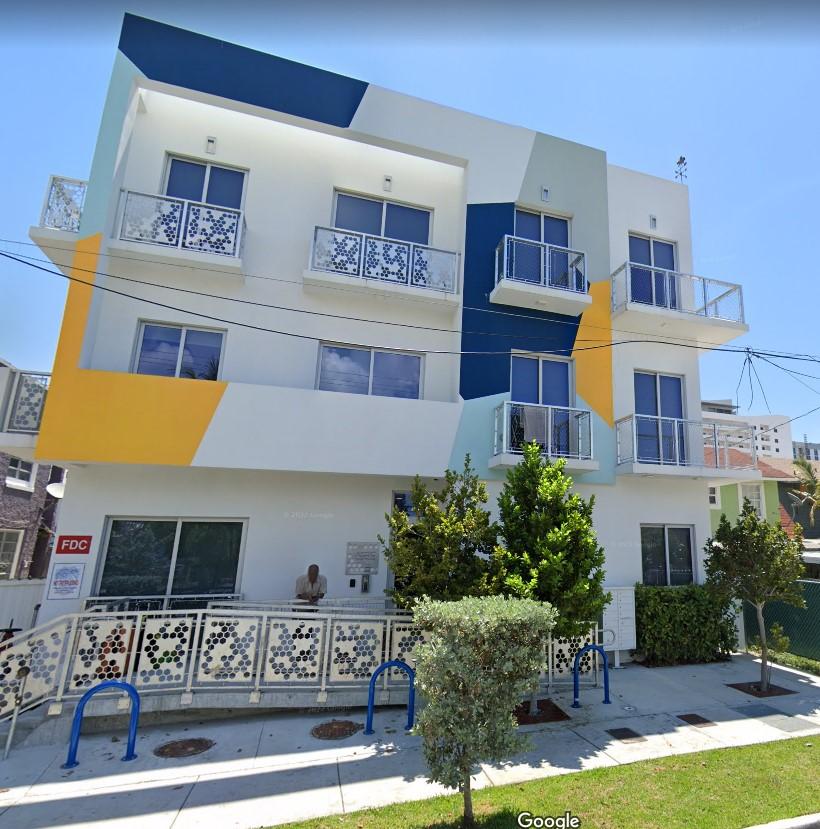
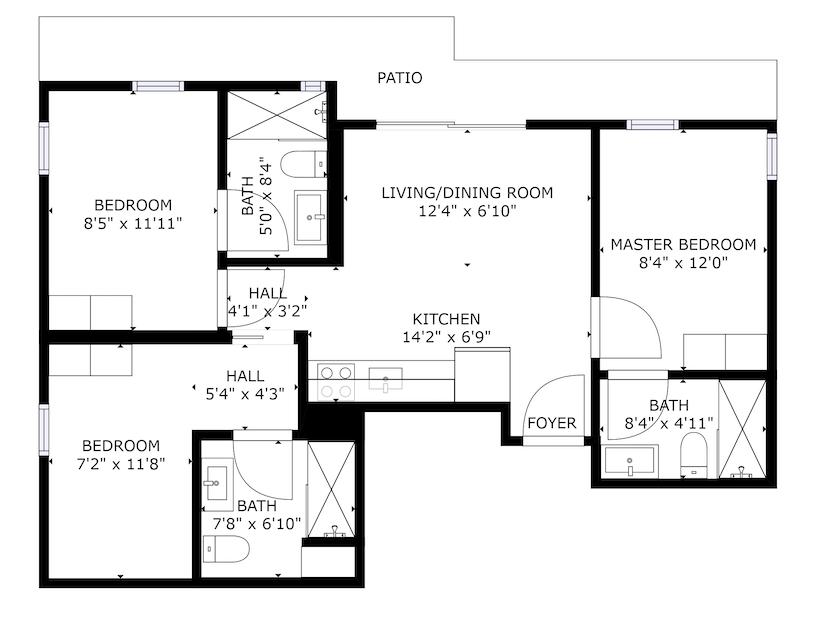


Mid-Rise Residential https://thepropolis.com/aerie coliving miami/?utm_source=gmb&utm_medium=info&utm_campaign=link Location: Little Havana, FL Floorplan: 2 and 3-bed units, 2 baths Amenities: • Fully furnished • Private bathrooms • Household cleaning • Private workstation • Basic supplies • High-speed Wi-Fi • Property services Cost: Starting at $975 Lease: 12-month, with a few units reserved for month-tomonth leases https://thepropolis.com/aerie coliving miami/?utm_source=gmb&utm_medium=info&utm_campaign=link
Co-Living Looks Like
What Co-Living Looks Like

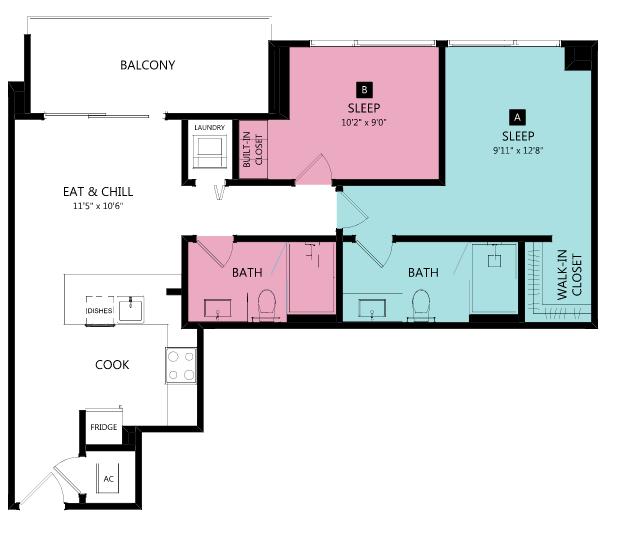


High-Rise Residential Source: https://xmiami.co/gallery/ Location: Miami, FL Floorplan: 2 Bed, 2 Bath (Individual 1 Bed, 1 Bath, 433 SF) Amenities: • Roof Terrace • Grill and entertainment area • Bike storge • Clubhouse • Courtyard with dog park • Pool with ocean views • Fitness center • Storage space Cost: $1,882/month - $2,249/month Lease: 7-15 months Source: https://xmiami.co/floorplans/
Barriers to Co-Living



Antiquated Zoning Codes





Definition of family Use regulations

standards
Development
https://www.louispoulsen.com/en/professional/applications/city landscapes
Building Code Intent


Section 553.72, Florida Statutes, sets forth the Legislature’s intent

Florida Building Code (code) serves as a mechanism for the uniform adoption, updating, amendment, interpretation, and enforcement of a single, unified state building code. It consists of a single set of documents that apply to the design, construction, erection, alteration, modification, repair, or demolition of public or private buildings, structures, or facilities in this state and to the enforcement of such requirements. The code is to allow for the effective and reasonable protection of public safety, health, and general welfare for all the people of Florida t the most reasonable cost to the consumer.
MODIFICATION, ALTERATION, CONSTRUCTION
PUBLIC SAFETY, HEALTH, AND GENERAL WELFARE
Building Code Definitions
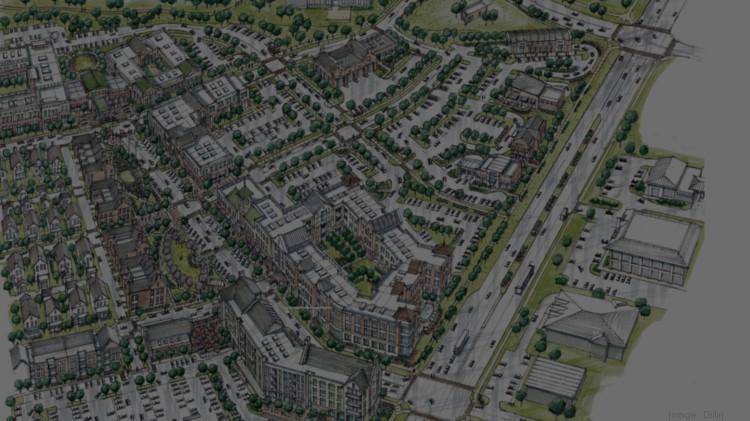


R-1 Congregate living facilities (transient) with more than 10 occupants R-2 Congregate living facilities (non-transient) with more than 16 occupants R-3 Congregate living facilities (non-transient) with 16 or fewer occupants Congregate living facilities (transient) with 10 or fewer occupants
Building Code Requirements



Separation Walls:

Walls separating sleeping units in the same building will require a fire-resistance rating of not less than 1 hour. (FBC 420.2 and 708.3) Exception: Type IIB, IIIB and VB construction *Images developed from Underwriters Laboratories
Building Code Requirements


Vertical Separation:
Horizontal assemblies serving as sleeping unit
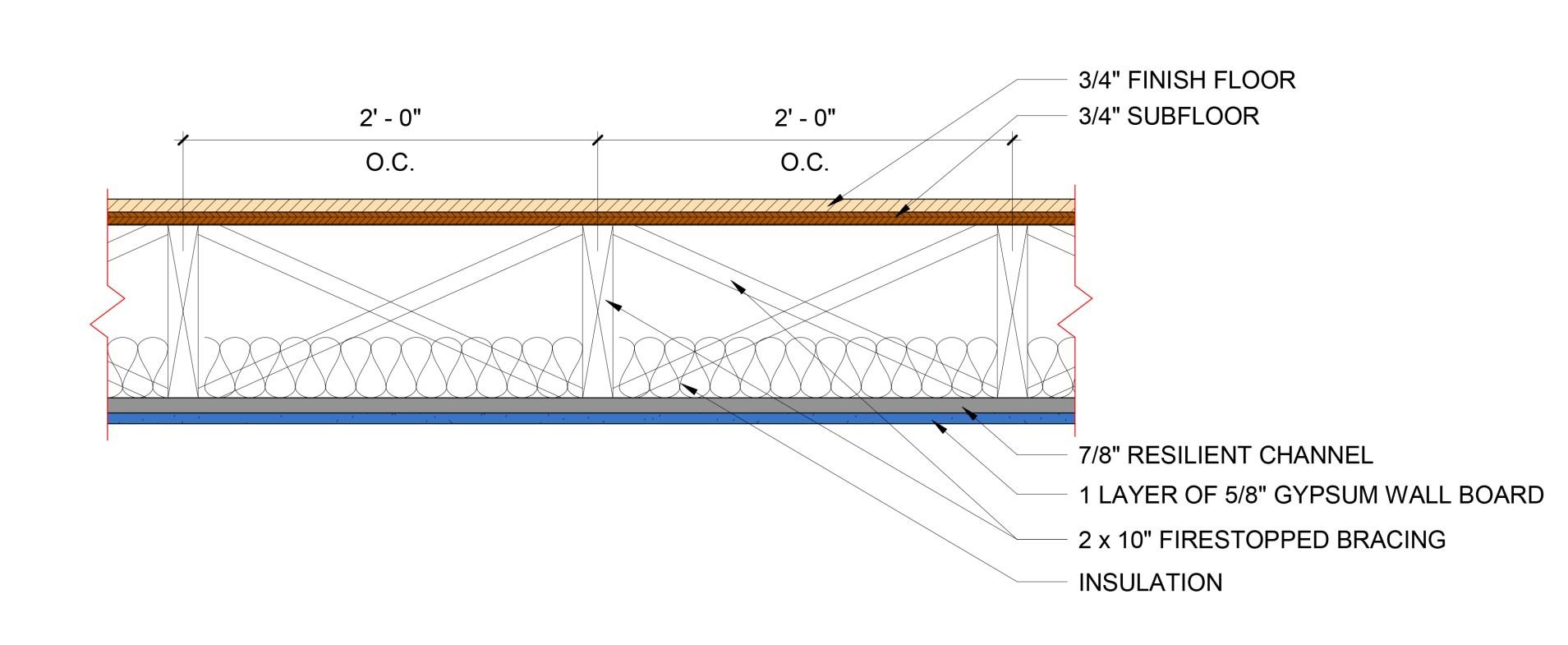
shall be not less than 1-hour fireresistance-rated construction.
and
Type IIB, IIIB and VB construction
separations
(FBC 420.3
711.2.4.3) Exception:
*Image developed from Underwriters Laboratories
Building



Code Requirements • AUTOMATIC SPRINKLER SYSTEM REQUIRED! IN “FIRE AREAS” • Average Cost For A New Kitchen: $6 per SQFT • Average Cost For A Sprinkler System: Existing Building: $6 per SQFT New Building: $1.25 per SQFT
Solving the Problem: The Developer’s Role



Co-Living Market


Global funding for co-living facilities has increased by 210% since 2015.
Debt brokers have stated that co-living can generate operating margins that are 3050% higher than conventional multifamily.


Today, there are approximately 30 co-living companies operating close to 3,500 rooms in the US with 7,000 more planned over the next two years.

New Construction vs. Conversions
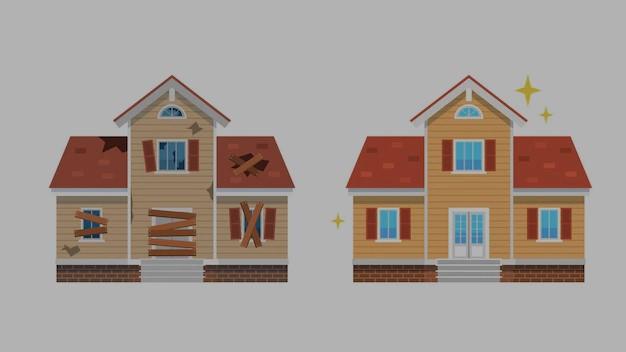

What are the
systems are already
type and previous
How easy is it to install a
is the construction

goals? - Large scale or small scale Large Scale - What
installed? - Construction
use? Small Scale -
fire sprinkler? - What
type?
Building Code Considerations
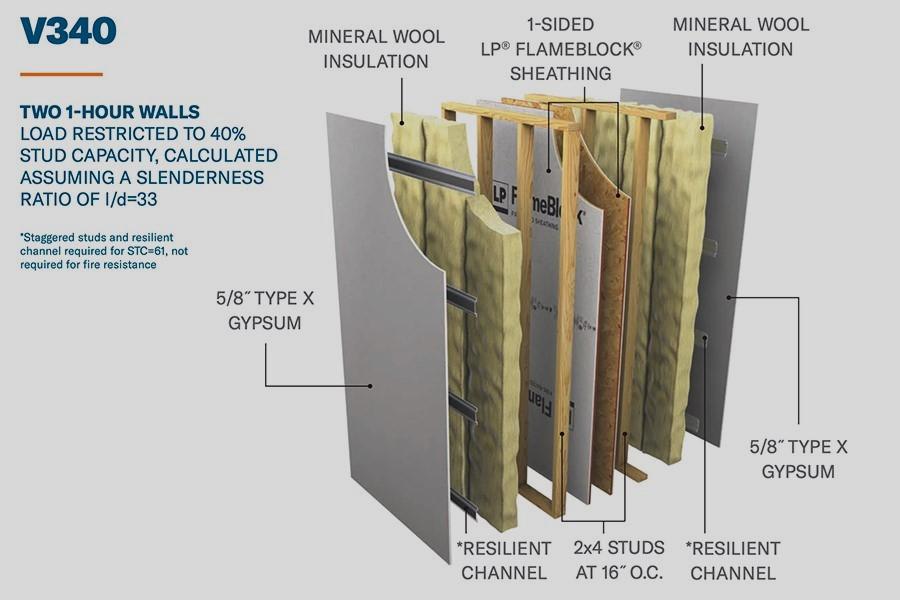


Change the building code vs. Adapt to the code o Building code amendments - timely, costly, difficult path o Adapt – work with the municipality to interpret the code and provide a safe, secure, feasible development Code considerations o Additional fireproofing equates to additional development costs o More gypsum board o More sprinklers
Solving the Problem: The Planner’s Role



Zoning Code Considerations


Definition of Family
Permit the Use
Criteria for Approval
Remove the definition of family

o Allow co-living facilities in urban, mixed-use zoning districts as a permitted or conditional use

o Single-family co-living may be compatible in some lowmedium density zoning districts
o Determine whether coliving is a conditional use or permitted by right
o Required facilities and
standards (i.e. laundry, bathroom, kitchen)
Minimum bedroom square
Planners Role



The Long View
–
Where should planners focus? • Monitor industry trends (i.e., is it cyclical or generational?) • Monitor transportation advancements oHow does advancement in transportation options impact housing, livability, and commuting time? • Be innovative with the zoning code o How do you incorporate co-living concepts in repurposed retail areas? o Is there an opportunity to intensify development around transit hubs? o Allow additional units to existing homes?
Questions?































































































































